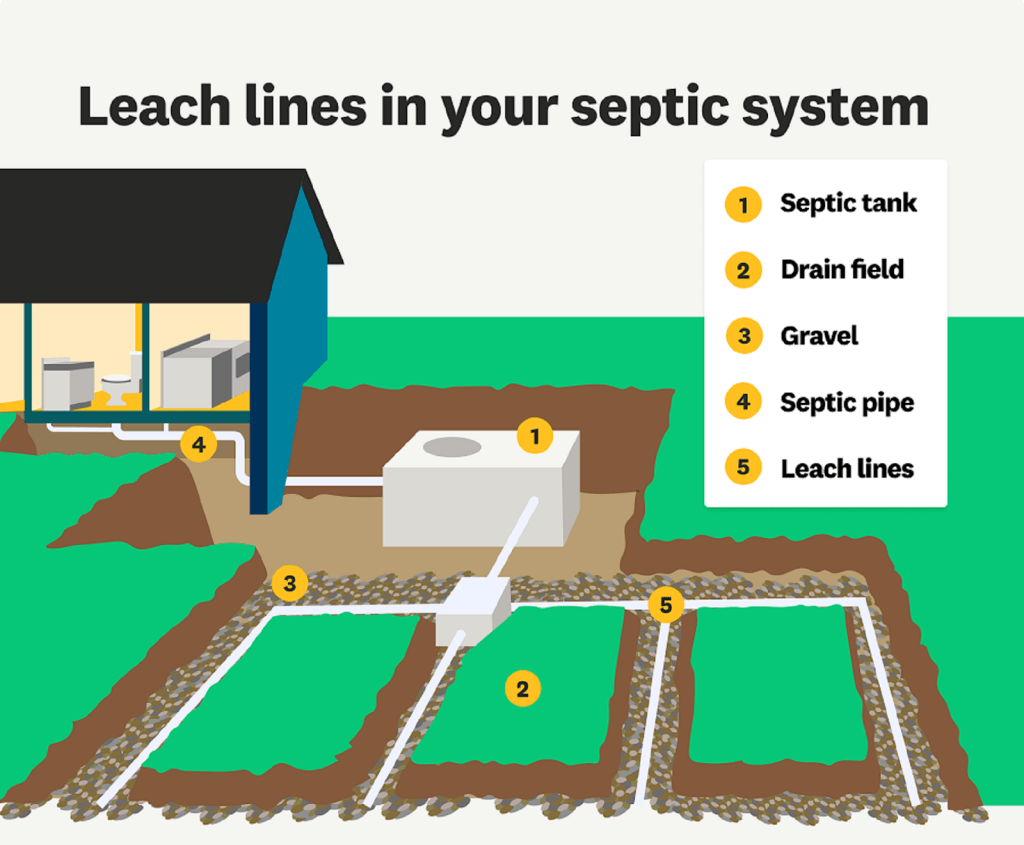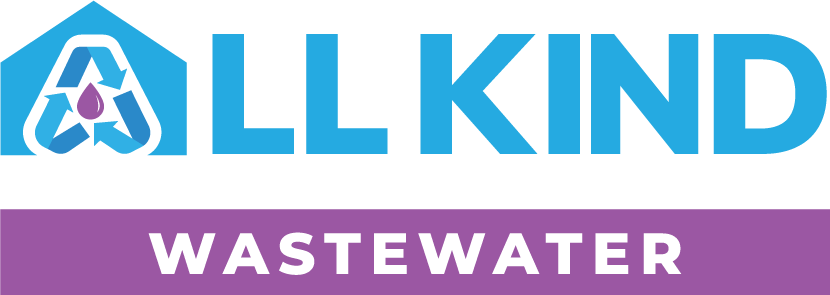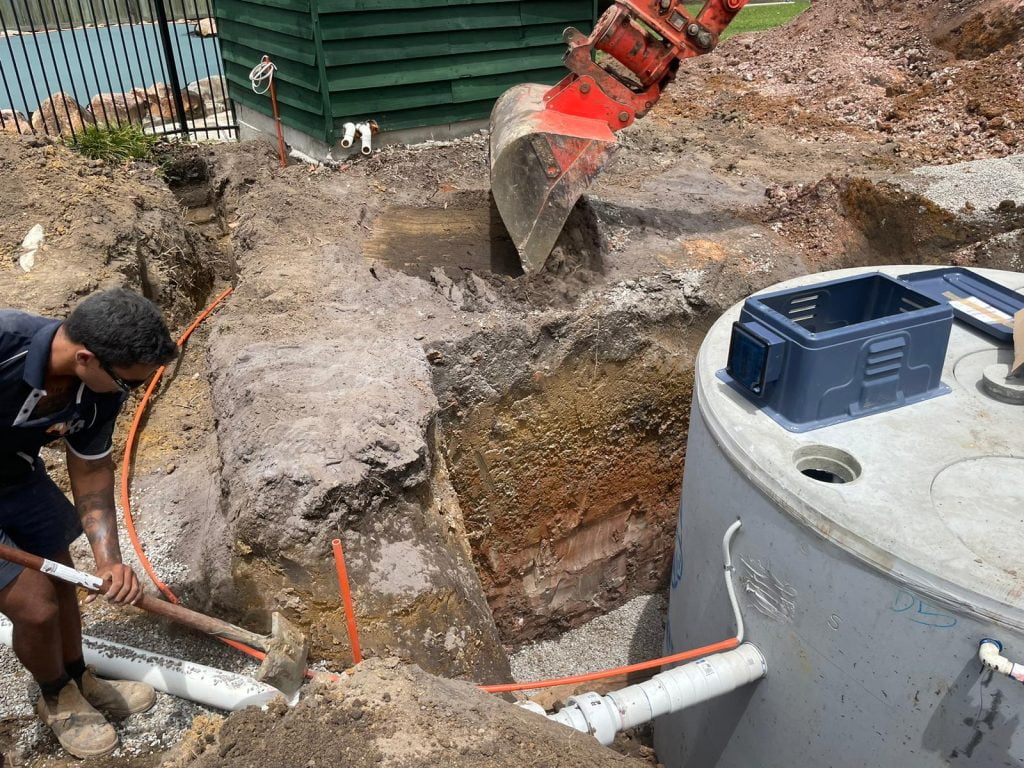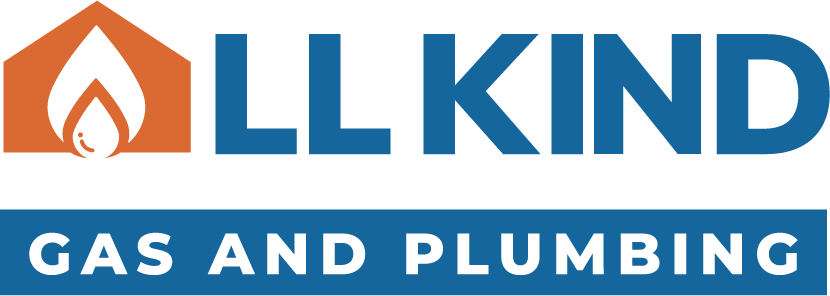Leach drains, also known as leach fields or absorption trenches, play a crucial role in septic systems. These essential components are responsible for safely and effectively disposing of wastewater from septic tanks. Leach drains allow the treated effluent to percolate through the soil, where natural processes further purify it.
We will explore leach drains’ function, components, and importance in maintaining a healthy and efficient septic system. By understanding how it works, homeowners and property managers can ensure the longevity and performance of their septic systems.
What Are Leach Drains?
Leach drains are an essential component of a septic system. In a typical system, wastewater from a property flows into a septic tank, where solid waste settles to the bottom and liquid effluent remains on top. The effluent then moves through pipes into the leach drains, which are a series of trenches filled with gravel or other porous material.
As the effluent percolates through the soil surrounding the trenches, it undergoes a natural filtration process that removes contaminants and bacteria. This treated wastewater then safely disperses into the groundwater.
Leach drains are a simple yet effective wastewater treatment solution commonly used in areas without access to centralised sewer systems, such as rural regions. Proper installation and maintenance of leach drains are crucial for a septic system’s overall performance and longevity.
Components of a Leach Drain System


Septic tank
A leach drain system typically consists of several essential components that work together to treat and dispose of wastewater efficiently. The first component is the septic tank, usually one or two watertight cylindrical tanks made of concrete or lightweight materials. The septic tank collects and separates the solid waste from the liquid effluent.
Distribution box
The second component is the distribution box, which evenly distributes the treated effluent from the septic tank to the leach drain pipes. These pipes, commonly made of perforated PVC or concrete, are laid in trenches filled with gravel or aggregate, allowing the effluent to seep into the surrounding soil.
Leach drain pipes and trenches
Leach drain pipes or soak wells are typically 100mm to 400mm in diameter and designed to prevent clogging and ensure efficient effluent distribution. The trenches are filled with gravel or aggregate to facilitate the treated effluent’s further movement into the soil.
Gravel and soil
Finally, the soil acts as a natural filter, removing any remaining contaminants and bacteria from the effluent before reaching groundwater. The type of soil, such as clay or sand, plays a crucial role in the effectiveness of the leach drain system.
How Leach Drains Treat Wastewater
The process begins with bacteria breaking down the organic matter in the wastewater within the septic tank. The resulting effluent flows into the leach drains, also known as absorption trenches.
As the effluent percolates through the gravel and sand in the trenches, it undergoes a natural filtration process. The soil acts as a filter, removing contaminants and pathogens from the wastewater. Proper soil conditions, such as adequate permeability and depth, are needed for effective treatment.
The filtered wastewater is then absorbed by the soil, which evaporates or is taken up by plants. To ensure the longevity and efficiency of the wastewater system, it is essential to follow the Department of Health guidelines for installation and maintenance. Regular pumping and minimising harsh chemicals can help prevent clogs and maintain the delicate balance of bacteria in the system.
Leach Drain Installation and Maintenance
When installing a leach drain system, factors such as soil type, water table depth, and septic system size must be considered. Concrete leach drains, called septic drainage beds, are commonly used and are Department of Health-approved.
These modules usually have reinforced PVC sides and bases to increase their lifespan. They are typically 150mm in diameter to distribute the effluent evenly while minimising the risk of blockages.
To maintain a leach drain system, regularly pump the septic tank to remove sludge and prevent clogs in the inlet. Avoid planting trees or shrubs near the leach field to prevent root intrusion. Monitor for signs of failure, such as foul odours, slow drainage, or sewage backup.
Addressing issues promptly can prevent groundwater contamination and protect the health of your family and the environment. Consider using biological stimulants to enhance the function of beneficial microbes and minerals in the system.
Regulations and Standards for Leach Drains in Australia
The Department of Health oversees regulations and standards for leach drains and septic systems. These regulations ensure that wastewater is treated and disposed of safely, protecting public health and the environment. It is important to use products such as concrete leach drains to guarantee compliance with these regulations and maintain the integrity of your septic system. Failure to adhere to these standards can result in fines and legal consequences.
Ensuring a Sustainable Future with Well-Maintained Leach Drains
Investing in your leach drain system’s proper installation and upkeep is a smart choice for your property and a responsible environmental decision. By partnering with experts like All Kinds Wastewater, you can ensure that your septic system operates efficiently and sustainably for years. Contact us for any inquiries about septic tanks and wastewater management.






